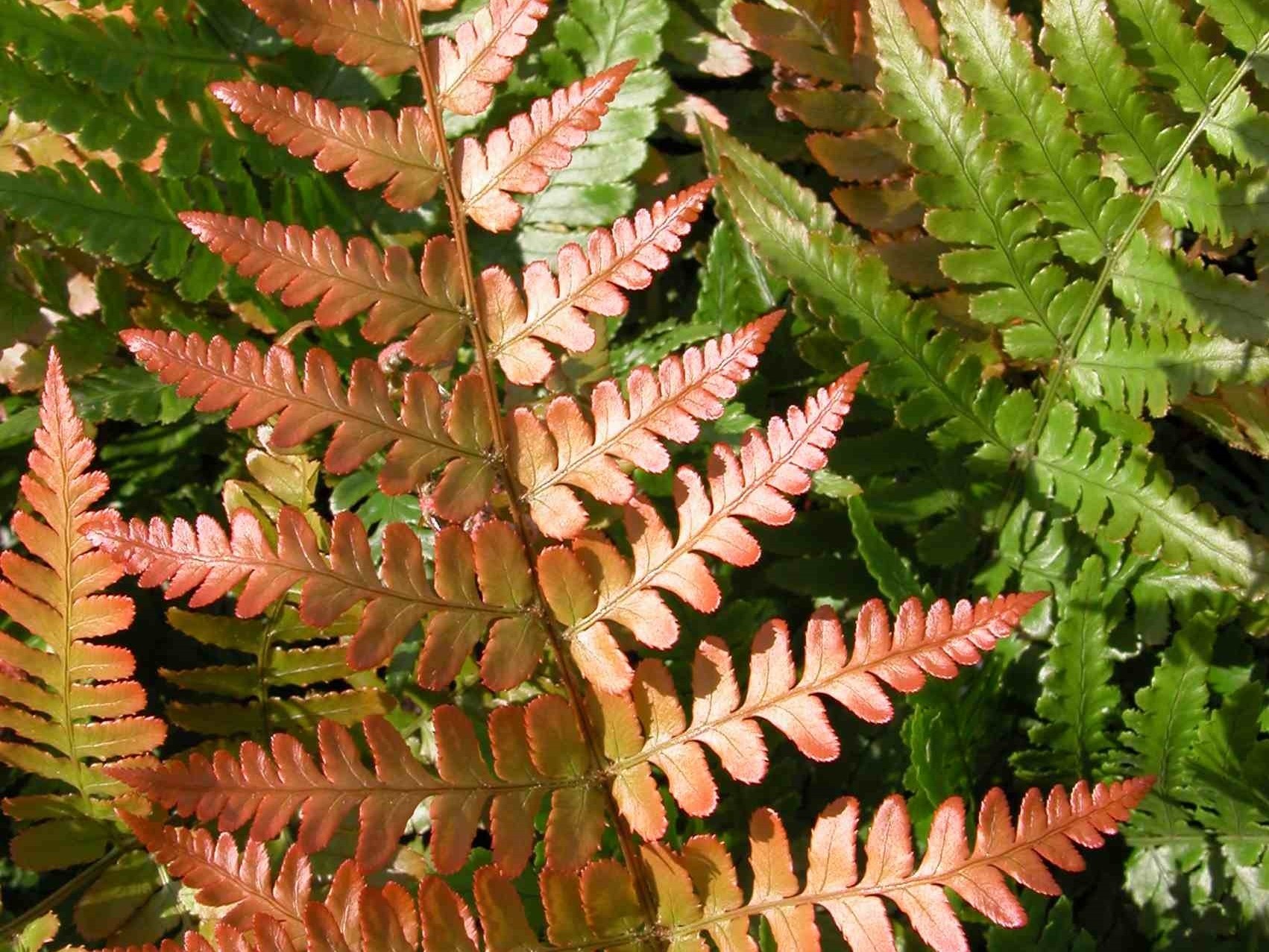

Bright green, lacy, broad leaves appear in early spring. The pinna are narrow, lance-shaped, pointed, deeply cut and nearly opposite. Sterile fronds are lanceolate, pinnate-pinnatifid with dense rusty hairs beneath the base of each pinna.
#AUTUMN FERN HEIGHT FULL#
Cultural Conditions: Light: Dappled Sunlight (Shade through upper canopy all day) Deep shade (Less than 2 hours to no direct sunlight) Full sun (6 or more hours of direct sunlight a day) Partial Shade (Direct sunlight only part of the day, 2-6 hours) Soil pH: Acid ( 6 inches Leaf Description: Leaves in circular clusters of arching fronds. Whole Plant Traits: Plant Type: Fern Native Plant Woody Plant Leaf Characteristics: Deciduous Habit/Form: Arching Clumping Erect Growth Rate: Rapid Maintenance: Low Texture: Fine. Particularly Resistant To (Insects/Diseases/Other Problems): Heavy shade, This plant is highly resistant to damage from deer. Birds like the Kentucky Warbler nest in clumps of these ferns. It has scale-like hairs (the fuzz on stems) used by songbirds to line their nests. Attributes: Genus: Osmundastrum Species: cinnamomeum Family: Osmundaceae Life Cycle: Perennial Country Or Region Of Origin: Mountain, Piedmont, Coastal Plains Wildlife Value: It provides excellent ground cover. The fronds do not form a real funnel, but stand close together instead. Tags: #deciduous #rain garden #fern #cover plant #fall interest #stream banks #pond margins #NC native #deer resistant #native garden #native fern #food source spring #food source herbage #Coastal FACW #Piedmont Mountains FACW #wet soils tolerant #mammals #Audubon #woodland garden #wildlife friendly Autumn fern grows to a height of 40 to 80 centimeters (16 to 32 in), is bushy and forms a large and many-headed thicket after years. Profile Video: See this plant in the following landscape: Juniper Level Botanic Gardens: Part Sun-Part Shade Gardens Cultivars / Varieties: VIDEO Created by NC State Extension's Homegrown series featuring Mark Weathington, Director of JC Raulston Arboretum. This plant has compact, horizontal rhizome, its growth is vigorous. Prefers moist, rich, humusy, acidic soils, but adapts to lesser conditions. It is easily grown in medium to wet soils in part shade to full shade. Osmunda fiber used in the potting of orchids comes from the roots of these ferns. The common name of this plant is in reference to the cinnamon-colored fibers found near the frond bases. The familiar "fiddleheads" also emerge from the base of the plant and unfurl into large, erect, pinnately-compound, yellowish-green, sterile fronds (2-4' long) which remain attractive throughout the summer and turn yellow in autumn. Separate spore-bearing, stiff, fertile fronds appear in early spring, quickly turning brown. 
It typically grows in clumps to 2-3' tall, but with constant moisture can reach 6' in height. Phonetic Spelling os-MUN-duh-strum sin-uh-MOH-mee-um DescriptionĬinnamon fern is a native fern which occurs in the moist, boggy ground along streams and on shaded ledges and bluffs.






 0 kommentar(er)
0 kommentar(er)
